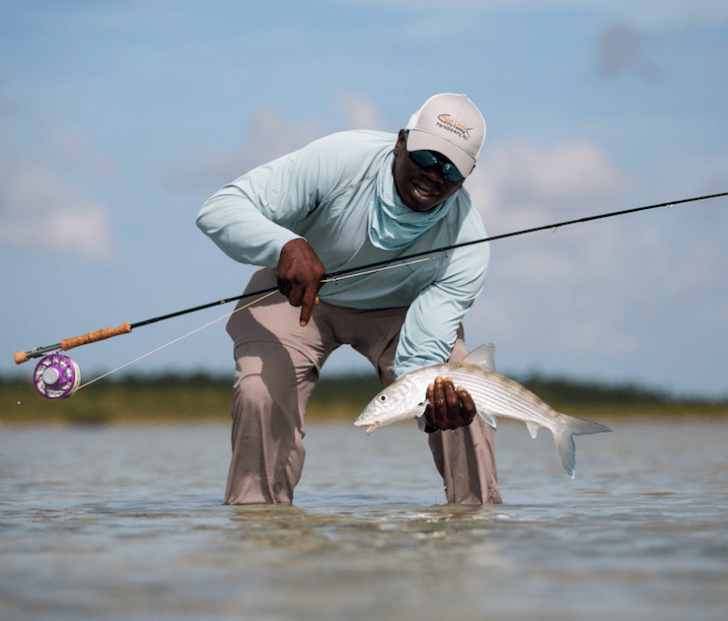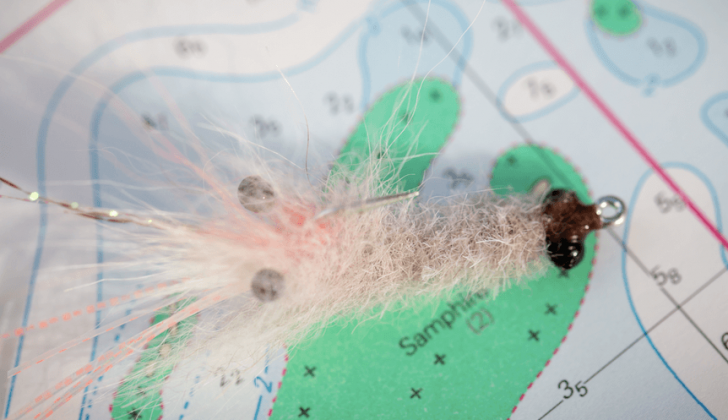Fly anglers are as attracted to their flies as fish are, and in some cases, more attracted than the fish. I have seen many fly boxes packed full of a wide variety of flies, and I too am guilty of trying new patterns when all too often the old standby is the best choice.
I have seen many flies that look very good but actually don’t catch much fish. I have seen the worst looking flies produce the most fish. In fact, I often find flies that have been used, abused and reduced to all but garbage frequently work the best. It may be they are permeated with fish scents, or that I have confidence in them. Whatever the case is, they work well.
There are a wide variety of flies available for anglers, and selecting from the array can be complicated. There are different colors, sizes, and materials. There are weighted flies and unweighted flies. So, what are the best flies? The simple answer is: it depends.
I don’t feel a wide variety of different fly patterns is necessary. I do believe one should have different sizes, colors, and weights of productive patterns. Whether it is a Crazy Charlie, a Gotcha, Clouser or Simram, an angler needs an assortment to choose from for at least one of these styles. I would rather have a fly box full of only one type of fly, as long as I have different sizes, colors, and weights of that fly. Depending on the location, size, color, and weight will vary. For much of the Bahamas, where the bonefish are large, larger flies in sizes 4, 2 or even larger, will suffice. You always want some weighted flies for deeper water or high tides. I tie a Gotcha with different sizes of lead eyes and different sizes of bead chain as well as plastic eyes to suit any condition I encounter. It is important to remember, when you don’t have a certain fly, you will surely need that fly… It’s kinda like Murphy’s Law.
Over the course of my travels throughout the Bahamas and in the many interviews I have conducted of Bahamian professional bonefish guides, I have learned much about flies and fly selection. On one of my first trips to the Bahamas, I stayed at the North Riding Point Club on Grand Bahama, where I interviewed their head guide Stanley Glinton. Stanley is a great guy and has been a guide for more than 40 years. When I asked him about fly selection, he shared a little about how he selects a fly saying, “The food the fish feed on imitates the bottom. The crab in the grass, look more like greenish, with stripes…. the crab on the sand bar looks more like beige. So when you go on the flats, you try to match what you think the feed is on that particular bottom… if it’s beige, or dark green…. you try to match the fly like that.”
The old adage that a guide knows best is absolutely true. These are individuals who are on the water day in and day out. They are constantly testing flies, observing, investigating and putting their knowledge to work, and most importantly they know what has been working. When it comes to fly selection, I always ask the guide’s opinion. If a guide suggests a change, I change my fly without hesitation. People who listen to their guide usually catch more fish.
A final consideration when selecting flies should be in the materials the fly is made from. Some materials have a tendency to move very well in the water, making them more attractive to fish. I prefer natural materials when I tie flies, and my favorite is rabbit hair. It is durable, comes in a wide variety of colors, is easy to use, and has great movement in the water.
For more information about the interviewing and research that I have been working on throughout the Bahamas please visit http://tomkarrow.wixsite.com/bahamas-guide-tek

